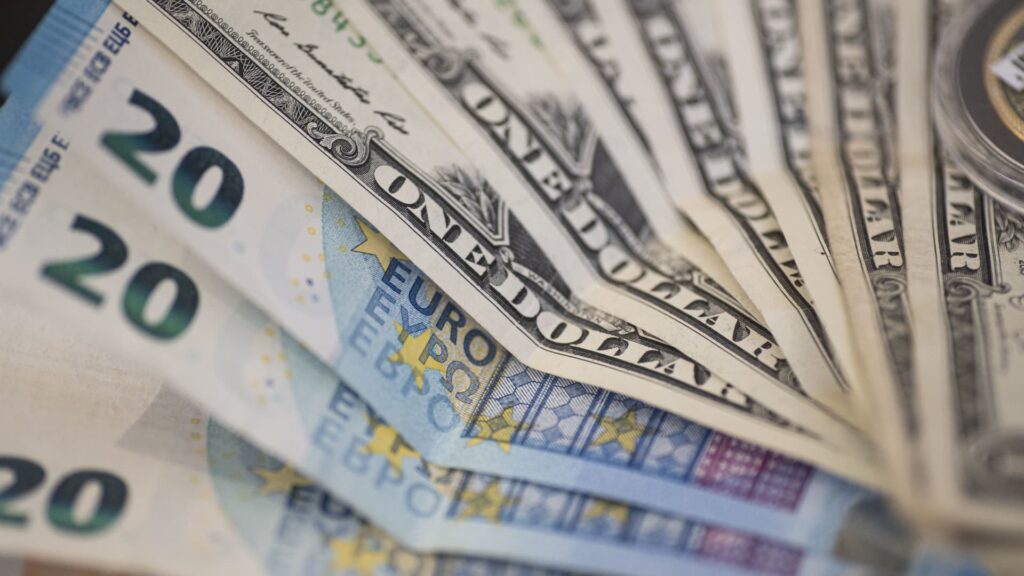Nicolas Economou/NurPhoto via Getty Images
Europe trips were a historically good deal in 2022
Jordi Salas | Moment | Getty Images
When the U.S. dollar strengthens relative to other currencies, it means Americans can buy more abroad. Their dollar stretches further.
The euro hit parity with the U.S. dollar in July — the first time Americans enjoyed a 1:1 exchange rate with the euro since 2002.
Not all European countries use the euro — it’s the official currency for 20 out of 27 European Union members.
By the end of September, Americans could buy one euro with just 96 cents. But the U.S. dollar has lost about 14% of its value against the euro since that recent peak; Americans needed $1.10 to buy one euro as of April 4.
Let’s say a hotel room in Rome cost 200 euros a night. An American would pay $220 a night today versus about $192 in September.
“Europe for much of last year was a screaming, bargain-basement deal for Americans,” said Mark Zandi, chief economist at Moody’s Analytics. “Foreign travel for Americans is still a bargain,.
“It’s just not a once-in-a-lifetime one” any longer, he noted.
It’s not just the euro, though.
The Nominal Broad Dollar Index measures the greenback’s strength against the currencies of major U.S. trading partners across North America, South America, Asia and Europe.
The index has declined about 7% from its high in late September — a “pretty substantial” decline in currency terms, Goltermann said.
A weakening dollar coincides with a record volume of international travel estimated this summer, the U.S. Department of State said in March. Demand for new passports has surged, leading to months-long processing delays, as travelers’ anxiety about pandemic health fears wane and nations ease Covid-related travel restrictions.
International trips account for about 56% of search demand among U.S. travelers, up from 46% last year, according to travel app Hopper’s Consumer Travel Index published in February. Over half of searches to international…
Read the full article here





